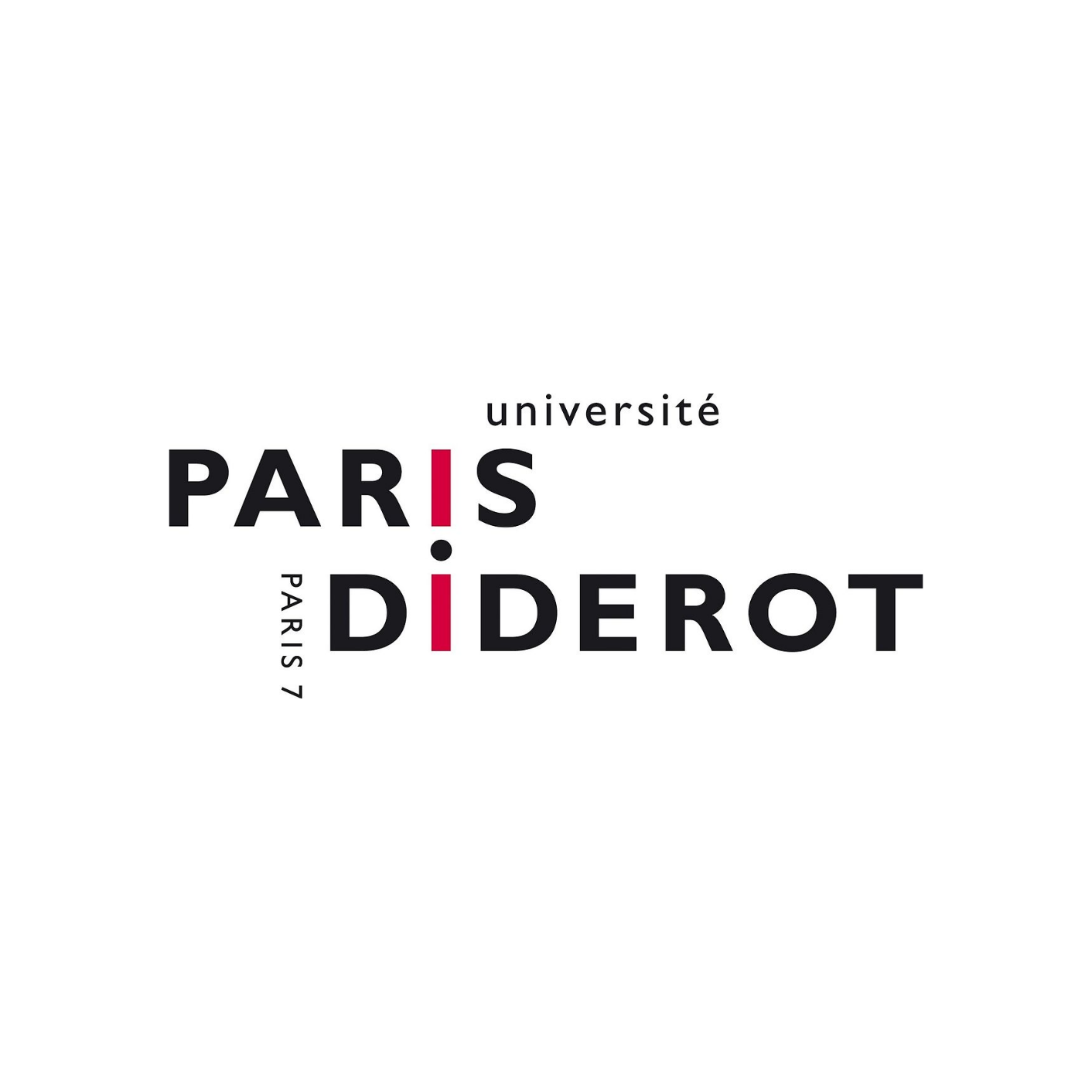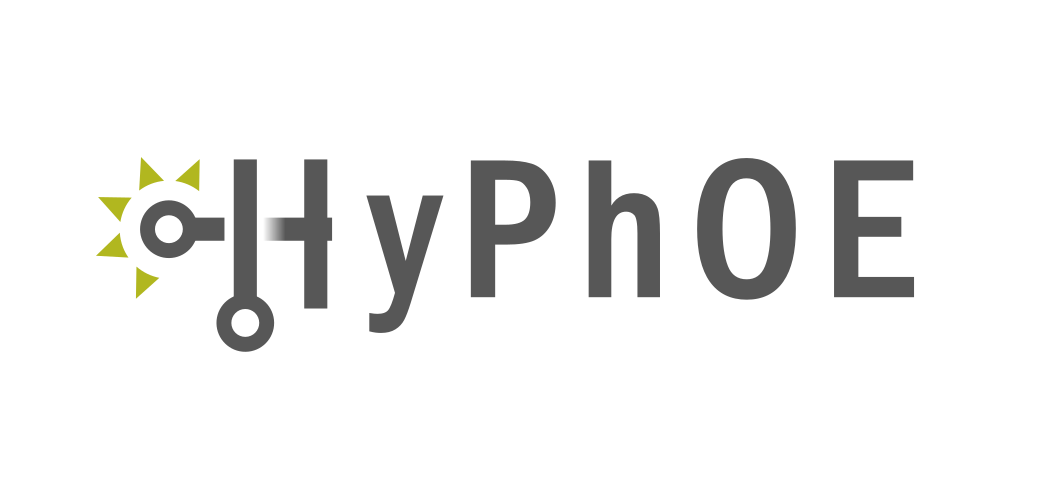
UNIVERSITY PARIS DIDEROT
ITODYS (Interface, Treatment, Organization and Dynamics of Surfaces) is an academic laboratory belonging to University Paris Diderot (UPD) and to CNRS (UMR 7086). ITODYS is a multidisciplinary laboratory dealing with fundamental research in chemistry for nanosciences, with a particular attention for surface sciences, nanomaterials, nanosystems and molecular chemistry. The laboratory gathers the complementary skills of 49 permanent researchers, 18 technical and administrative staff and 35 PhD students, specialists of surfaces functionalization, nanomaterials and molecular electronics. Three main domains of research are developed, based on current fundamental questions and technological applications in the fields of materials science, nanoscience and nanotechnology. The laboratory is structured around three scientific departments: D1 “Surfaces, Nanostructuration and reactivity”, D2 “Nano-objet: chemistry, physics and application” and D3 “Molecular electronics, transduction and nanoelectrochemistry”, a molecular modeling group and a technical department. Several experimental questions such as electronic structure of pi-conjugated systems or surface chemistry are addressed by the molecular modeling group using molecular mechanics and quantum chemistry methodologies.
ITODYS – INTERFACE, TREATMENT, ORGANIZATION AND DYNAMICS OF SURFACES
The group which is active in this project is SBC (Bioactives Surfaces and Sensors), of 7 senior researchers. Among them, 4 are involved in this project (one chemist, two electrochemists, one physicist). SBC has an integrative approach of surfaces and interfaces chemistry, electrochemistry, biotechnologies, organic electronic devices. It involves the molecular control of reactions at interfaces, the organization of molecular nanodomains and the implementation of various physico-chemical characterization methods. A central axis dedicated to biosensors: detailed understanding of the physical and chemical phenomena associated with electron transfer and transport processes; development of innovative and efficient biosensing technologies.

PIs involved in HyPhOE

Benoît Piro is Professor at UPD. He received his MSc in Chemistry and Physics and his PhD in Applied Chemistry from University of Poitiers (France). Then he spent 10 months in the armament industry …
Read More
Samia Zrig, Associate Professor, completed her PhD at the Pierre & Marie Curie University and Kathioleke Universiteit Leuven (Belgium) on the synthesis of chiral oligothiophenes. During her post-doctoral …
Read More
Vincent Noel, Associate Professor, Research thematic developed by Vincent Noël in the “Bioactive Surfaces and Sensors” group focuses on the realization of thin electroactive organic films having well …
Read More
Giorgio Mattana, Associate Professor, received his MSc in Electronic Engineering and hid PhD in Electronic and Computer Science Engineering from the University of Cagliari (Italy). During his PhD …
Read More
Relevant List of Publications
- Tuning the Threshold Voltage in Electrolyte-Gated Organic Field-Effect Transistors. L. Kergoat et al. PNAS 109 (2012) 8394-8399.
- Copolythiophene-based water-gated organic field-effect transistors for biosensing. C. Suspène et al. J. Mater. Chem. B 1 (2013) 2090-2097.
- Detection of Glutamate and Acetylcholine with Organic Electrochemical Transistors Based on Conducting Polymer/Platinum Nanoparticles Composites. L. Kergoat et al. Adv. Mater. 26 (2014) 5658-5664.
- Polylactic acid as a biodegradable material for all-solution-processed organic electronic devices. G. Mattana, D. Briand, A. Marette, A. Vasquez Quintero, N. F. de Rooij, Org. Electron. 17 (2015) 77-86.
- Versatile transduction scheme based on electrolyte-gated organic field-effect transistor used as immunoassay readout system. B. Piro, D. Wang, D. Benaoudia, A. Tibaldi, G. Anquetin, V. Noël, S. Reisberg, G. Mattana, B. Jackson. Biosensors and Bioelectronics 2017, 92, 215-220.

 This project has received funding from the European Union’s Horizon 2020 research and innovation programme under grant agreement No 800926. In cooperation with
This project has received funding from the European Union’s Horizon 2020 research and innovation programme under grant agreement No 800926. In cooperation with